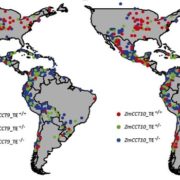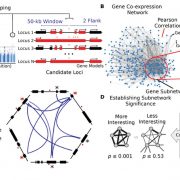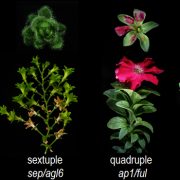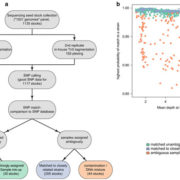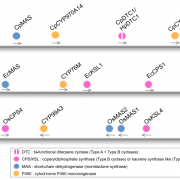Genetic conservation, turnover and innovation across the genus Oryza (Nature Genetics)
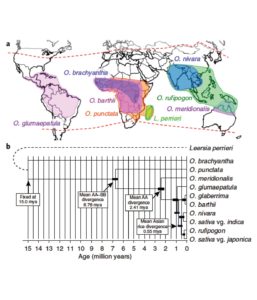 In order to use wild rice relatives for future crop improvement, the differences and similarities between wild and domesticated genomes need to be understood. Stein and colleagues sequenced the genomes of two domesticated varieties and seven wild species, unraveling 15 million years of evolutionary history driven by natural selection and human domestication. The diversity of the genome sequences imply rapid diversification rate, that enabled two domestication events. New disease resistance genes were identified in pairs facing each other head-to-head, carrying unusual C- and N-terminal domains that can enhance pathogen resistance. High turnover-rate of transposable elements not only underscores the rapid evolutionary rate of rice genomes, but also can serve an additional resource for breeding. (Summary by Magdalena Julkowska) Nature Genetics 10.1038/s41588-018-0040-0
In order to use wild rice relatives for future crop improvement, the differences and similarities between wild and domesticated genomes need to be understood. Stein and colleagues sequenced the genomes of two domesticated varieties and seven wild species, unraveling 15 million years of evolutionary history driven by natural selection and human domestication. The diversity of the genome sequences imply rapid diversification rate, that enabled two domestication events. New disease resistance genes were identified in pairs facing each other head-to-head, carrying unusual C- and N-terminal domains that can enhance pathogen resistance. High turnover-rate of transposable elements not only underscores the rapid evolutionary rate of rice genomes, but also can serve an additional resource for breeding. (Summary by Magdalena Julkowska) Nature Genetics 10.1038/s41588-018-0040-0


